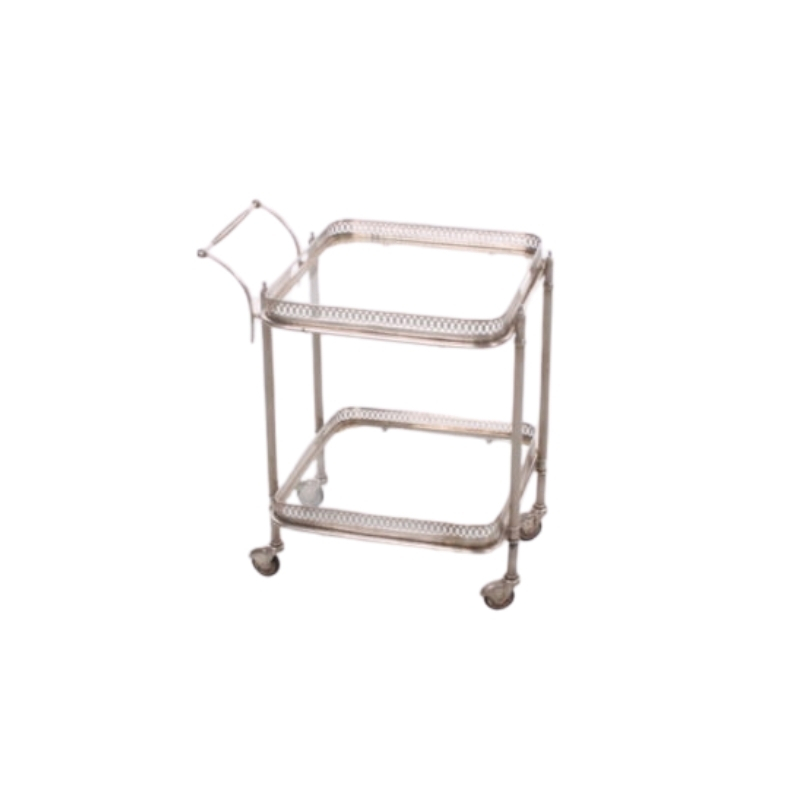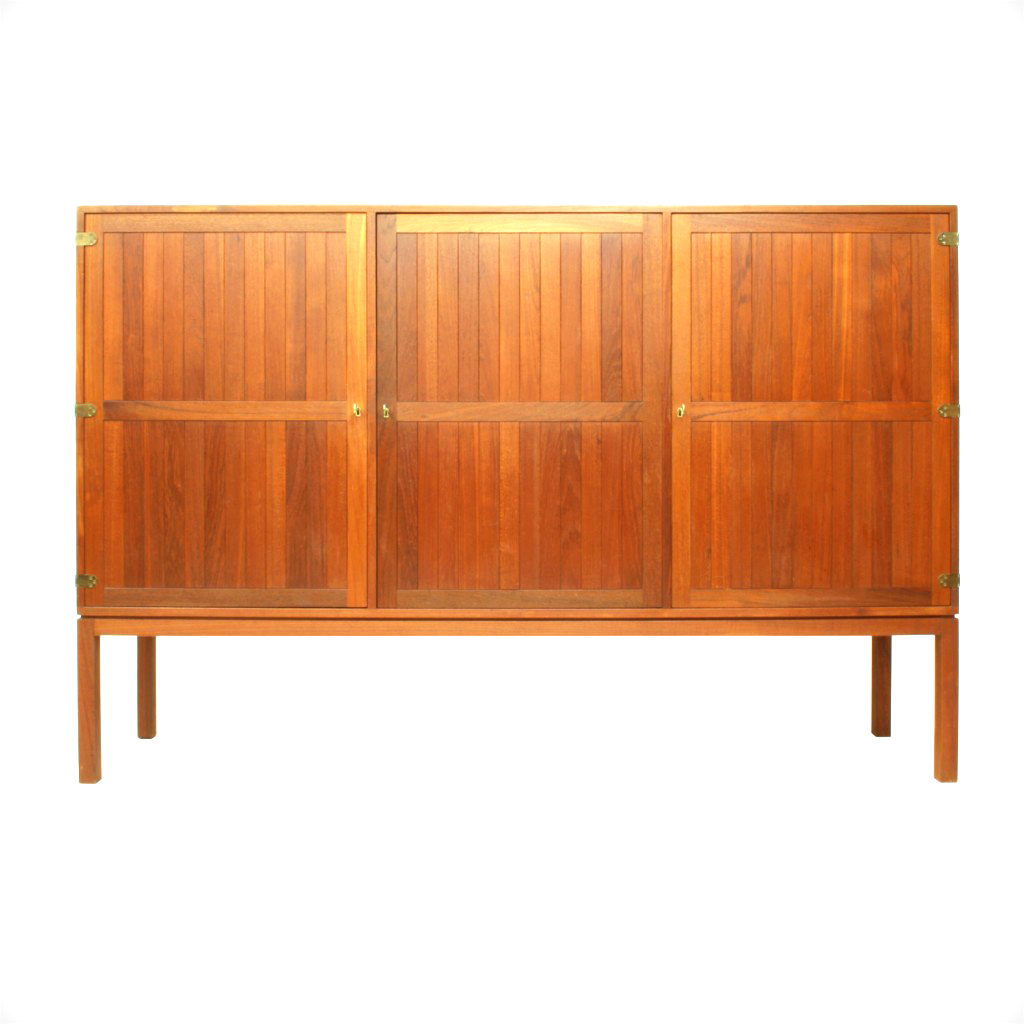Hi ya'll, I've been lurking here for a few months now and I'd like to break my silence with a little request for help: I picked up a pair of old Hans Wegner chairs (JH 503) recently, which I believe, are made of oiled oak; they obviously need a little tlc, and as I'm not familiar with a light, oiled wood surfaces I'd like to ask your advice regarding the correct cleaning methods & wood maintenance (ie. what kind of oil to use?) in order to avoid any harm to these beautiful chairs..any insight would be appreciated!
what I do
I've always just cleaned oil-finished wood with Murphy's Oil Soap. I apply it full strength with a paper towel, leave on for half a minute or so, then wipe off. Then I rinse off the soap residue with a wet sponge and dry immediately with a soft rag. I have not had any raising of grain with this method and it does remove dirt easily and quickly.
I have used several different teak oils for finishing---Behlen is one. Howard's Feed & Wax is good. Some of them form more of a barrier finish than others, which I'm not so crazy about.
Howard Feed N Wax
seems to me to be the best wood cleaner. I use it on my unsealed Schultz Petal side table (it's got Mahgony petals), on my Florence Knoll low table with the raised veneer, on my George Nelson CSS Walnut components, and on the highly finished Birch arms/legs on my Aalto Zebra Tank lounge chair.
It's a terrific, safe and smart cleaning polish that's made from Beeswax and Orange Oil. It won't ruin your furniture with silicones.
It's a great product and I highly recommend its' use.
Check out the link below
http://www.howardproducts.com/
Thanks for the suggestions,...
Thanks for the suggestions, gentlemen - too bad neither of these products have a retailer in my country, so I'll have to find an equivalent product that's available here - I also checked out the local offerings today and I found a promising Danish product, natural oil meant especially for oak, so I may have that part sorted..but now I'm wondering if I'd need a different product for removing the dirt from the wood first: I doubt the soap water would to do the trick, so do you think a light sanding or using steel wool instead would be an option here, or would you just recommend sticking to some wood cleaner?
Btw I've always thought the use of teak oil is not recommended on oak surfaces..so I guess I've had it wrong..? Cheers!
turpentine
Turpentine is good for cleaning. I believe it's the only solvent that dissolves wax, and some old oil finishes also have been waxed over the years. I bought a teak table at auction that someone had waxed over and over without actually ever cleaning it first. It was disgusting! Turpentine and fine steel wool took the crud off easily.
p.s. I'm female.
Great Find
Cleaning wood is mostly common sense. I use a firm bristle brush and mild detergent which I may dilute depending on the amount of built up residue. I warn you the process is dirty and splatters residue everywhere so work outside or use many drop-cloths. Dry the pieces thoroughly with a towel after cleaning.
For general maintenance I apply lemon oil to keep the wood moist twice or three times a year depending on humidity.
Many people use wax, but I leave the surface natural and unsealed. I live in a humid environment and prefer to allow the wood to breathe.
Now, these are the kind of...
Now, these are the kind of answers I was hoping to hear - simple, inexpensive and hopefully effective solutions; as for the turpentine tip, I don't know how I didn't come up with this myself - I guess that's what you get for spending too much time with furniture made of plastics (but I'm through with it now, as I recently rediscovered the simple joys of Danish MIM..). Anyways, thanks for the help ya'll - and hey, nothing wrong with being female, my wife is one too ;)..cheers!
Don't feed n wax or oil!
Soap it!
hans wegner never treated his choice white oak surfaces with penetrating oils or waxes. they tended to darken the white oak and make make an uneven leathery unattractive finish. instead clean, abrase and apply soap flakes and warm water mixture. of course this applies only to oak surfaces as teak and rosewood were classicly oiled. google danish soap finishes.
if your finish is already very oxidised (hopelessly dark), then using a teak oil is probably best.
american collectors still have very little idea about danish finishes by masters like wegner.
i wish i could reverse the damage done to my white oak surfaces.
good luck!
I hesitate to give restore advice.
Each piece has such individual needs.
And hearing about the Wegner white oak.
Thank you mario. I did not know that.
Yet another reason to do some extensive research before diving in.
Even more frustrating is going to a professional and wondering if they
have that information.
For safety I always start...
For safety I always start with the least aggressive method and continue along by harshness until I get the results I am after. This almost always dictates starting with a damp (not wet) soft sponge. Even this can remove some finishes if you are too aggressive. A recent case is an old ash LCW I had with a large gray area on the seat. I assumed the seat was deeply stained. The damp sponge quickly removed the gray and started to cut through the finish! Fortunatly I noticed this and stopped quickly. A light wiping of varnish on the cleaned area and it blended perfectly with the rest of the chair. I would not go to solvents first. You could be unhappily suprised. Good luck.
I would never use a brush on any of my furniture, ever!
Only a soft cloth (an old white sock is especially good).
Murphy's oil soap is good for occasionally CLEANING, but if your wood is dry and dusty, Howard Feed N Wax will work just fine. It does not build up a waxy layer, it gets taken in by the wood.
NEVER use silicone sprays like Scott's Liquid Gold. It seals the wood and therefore dries it out.
I wouldn't use Turpentine on my fine wood, either.
If you need any help, please contact us at – info@designaddict.com









